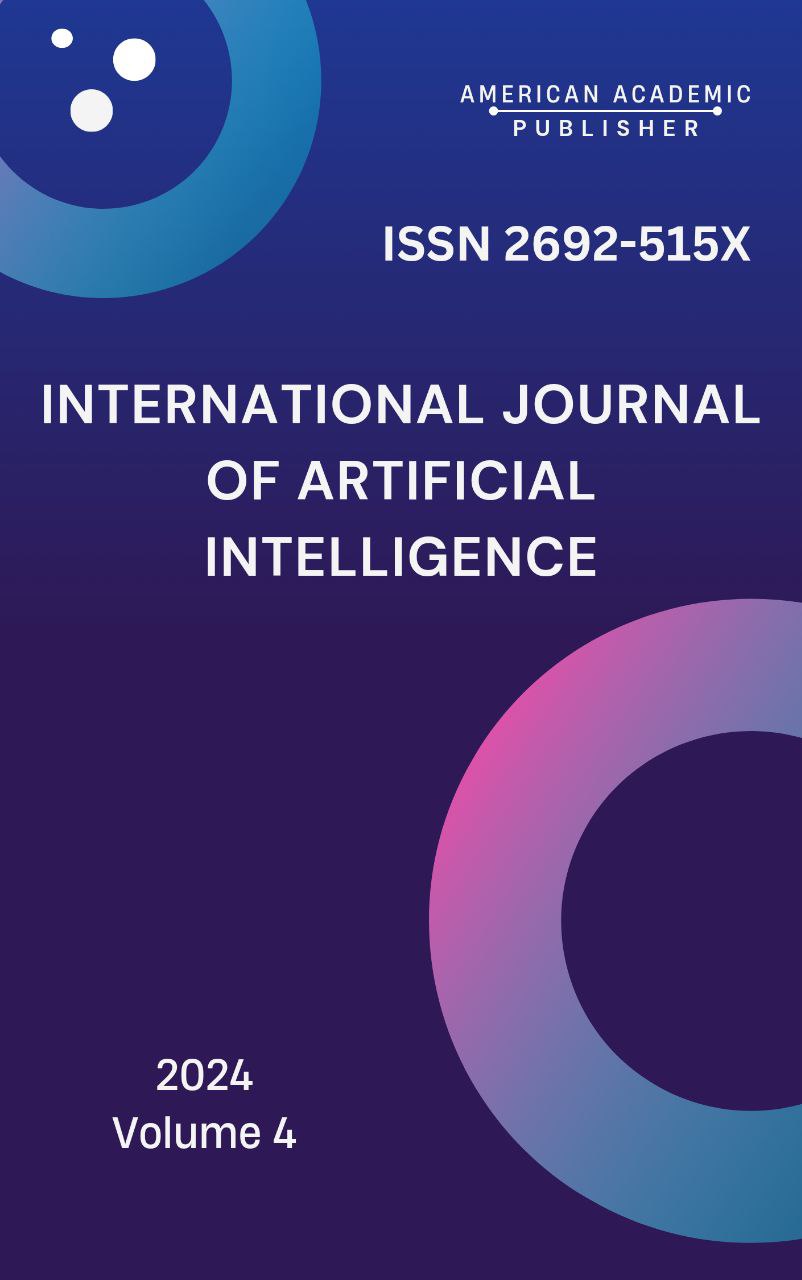 Articles
| Open Access |
Articles
| Open Access | THE RELEVANCE OF USING THE PISA INTERNATIONAL ASSESSMENT PROGRAM IN TEACHING PRIMARY SCHOOL SCIENCE
Hasanova Mohinabonu Asror kizi , Independent researcher at Bukhara State UniversityAbstract
The Programme for International Student Assessment (PISA) provides a valuable framework for evaluating and improving science education. While primarily designed for 15-year-olds, its principles can enhance primary school science instruction by promoting inquiry-based learning, critical thinking, and real-world problem-solving. Integrating PISA’s methodologies helps develop scientific literacy, encourages hands-on exploration, and aligns teaching practices with global educational standards. This paper explores how PISA’s approach can be adapted to primary education, addressing benefits, challenges, and the role of technology in fostering scientific understanding. By aligning early science education with PISA principles, students gain essential skills for future academic and real-life applications.
Keywords
PISA, primary science education, inquiry-based learning, scientific literacy, critical thinking, real-world applications, education assessment, technology in education
References
Bybee, R. W. (2013). The case for STEM education: Challenges and opportunities. NSTA Press.
Harlen, W. (2018). Teaching science for understanding in elementary and middle schools. Routledge.
OECD. (2019). PISA 2018 results: What students know and can do. OECD Publishing.
Schwab, K. (2017). The fourth industrial revolution. Crown Business.
Vygotsky, L. S. (1978). Mind in society: The development of higher psychological processes. Harvard University Press.
Article Statistics
Downloads
Copyright License

This work is licensed under a Creative Commons Attribution 4.0 International License.

